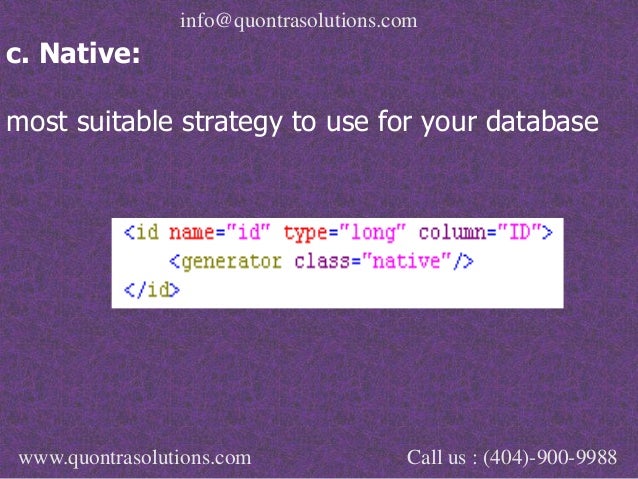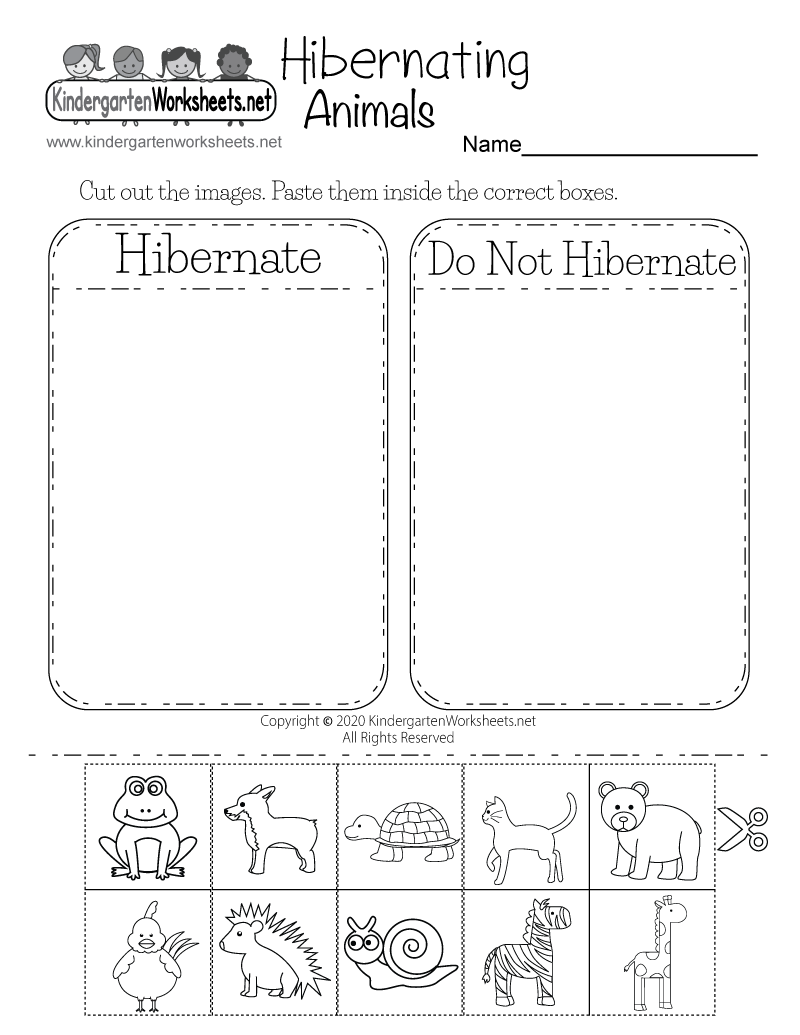

- #Hibernate versions how to
- #Hibernate versions update
- #Hibernate versions manual
- #Hibernate versions software
#Hibernate versions how to
^ Implementing Linq for NHibernate: A How To Guide - Part 1.^ a b "NHibernate 5.2.0 Released - Google Groups".^ "NHibernate 5.0 Released - NHibernate".^ From NH1.2.1GA to NH2.0.0 - NHibernate.^ NHibernate joins Hibernate at JBoss Inc.
#Hibernate versions software
#Hibernate versions update
Here a code snippet to add an object to the database and shows how to retrieve, modify and update an object in the database using NHibernate.

The NHibernate Profiler also alerts users to data queries that cost too much in time and directs them to the exact line in the C# code.

It identifies inefficient SQL data queries to eliminate unnecessary work by the database to boost overall performance of the application. The NHibernate Profiler is an Object–Relational Mapping tool (ORM) that serves as a real-time visual debugger for NHibernate. Implementation of LINQ has allowed Language Integrated Query use with NHibernate. Contributions Īs open source software, NHibernate has received many contributions from its users. NHibernate 5.3 was released on July 19, 2020.

NHibernate 5.2 was released on December 4, 2018. NHibernate 5.1 was released on March 17, 2018. It provides support for asynchronous programming. NHibernate 5.0 was released on October 10, 2017. NHibernate 4.0 was released on August 17, 2014. Integrated bytecode provider: one less DLL to deploy.Subselect: ability to map SQL views as entities.Mapping by code: fluent configuration.NHibernate 3.2 was released in April, 2011. Strongly typed criteria-like API called QueryOver.NHibernate 3.0 was released on December 4, 2010, and is the first version to use. NHibernate 2.1 was released July 17, 2009. With the version 2.0 release, NHibernate dropped support for. It is comparable to Hibernate 3.2 in terms of features. NHibernate 2.0 was released on August 23, 2008. NET 2.0, stored procedures, generics, and nullable types. NHibernate 1.2.1, released in November 2007, introduced many more features from Hibernate 3 and support for. Version 1.0 mirrored the feature set of Hibernate 2.1, as well as a number of features from Hibernate 3. NHibernate is now entirely developed and led by the community. At the end of 2006, JBoss stopped the support to this project. (now part of Red Hat) hired Sergey Koshcheyev, the then lead developer of NHibernate, to work full-time on its future versions. Tom Barrett started NHibernate, and later picked up by Mike Doerfler and Peter Smulovics. (Proper behavior in some applications also requires special attention to the Equals() and GetHashCode() methods.) History The only strict requirement for a persistent class is a no-argument constructor, which does not have to be public. NHibernate provides transparent persistence for Plain Old CLR Objects (POCOs).
#Hibernate versions manual
It generates the SQL commands and removes the need manual data set handling and object conversion, keeping the application portable to most SQL databases, with database portability delivered at very little performance overhead. NHibernate also provides data query and retrieval tools. NET classes to database tables (and from CLR data types to SQL data types). NHibernate's primary feature is mapping from. NHibernate is free and open-source software that is distributed under the GNU Lesser General Public License. Its purpose is to relieve the developer from a significant portion of relational data persistence-related programming tasks. It provides a framework for mapping an object-oriented domain model to a traditional relational database. NHibernate is an object–relational mapping (ORM) solution for the Microsoft.


 0 kommentar(er)
0 kommentar(er)
